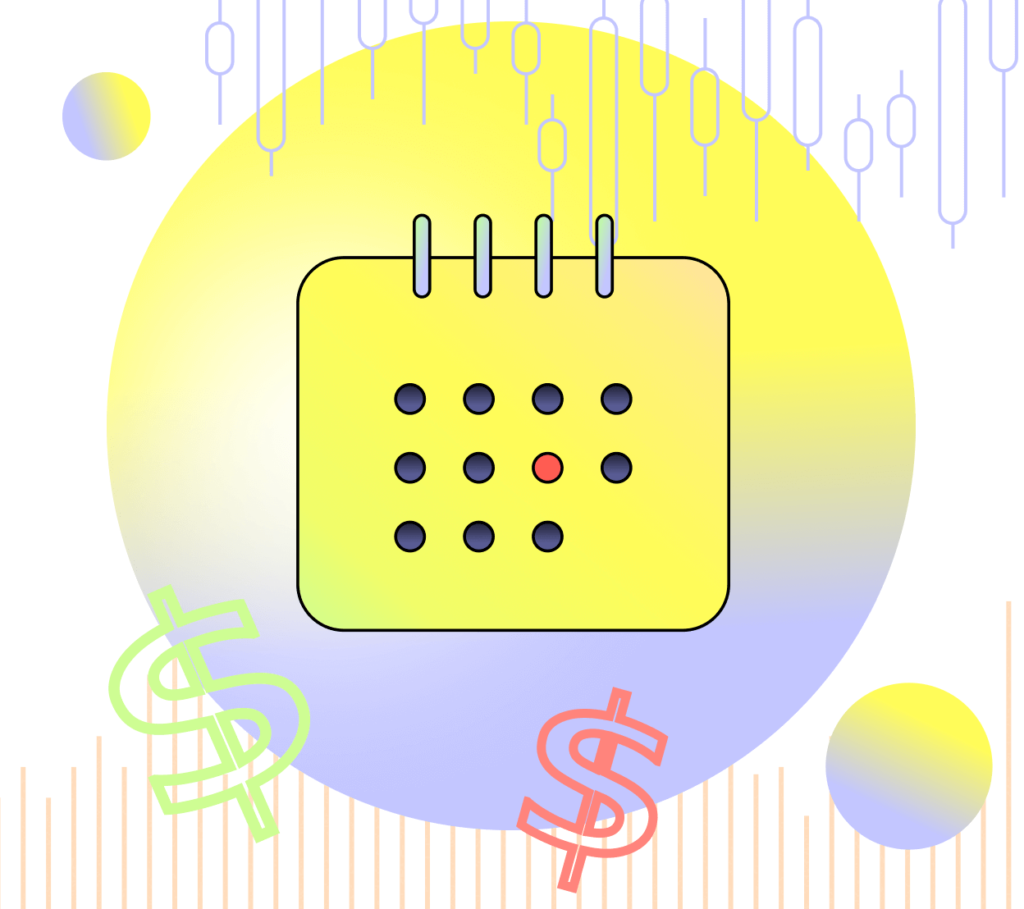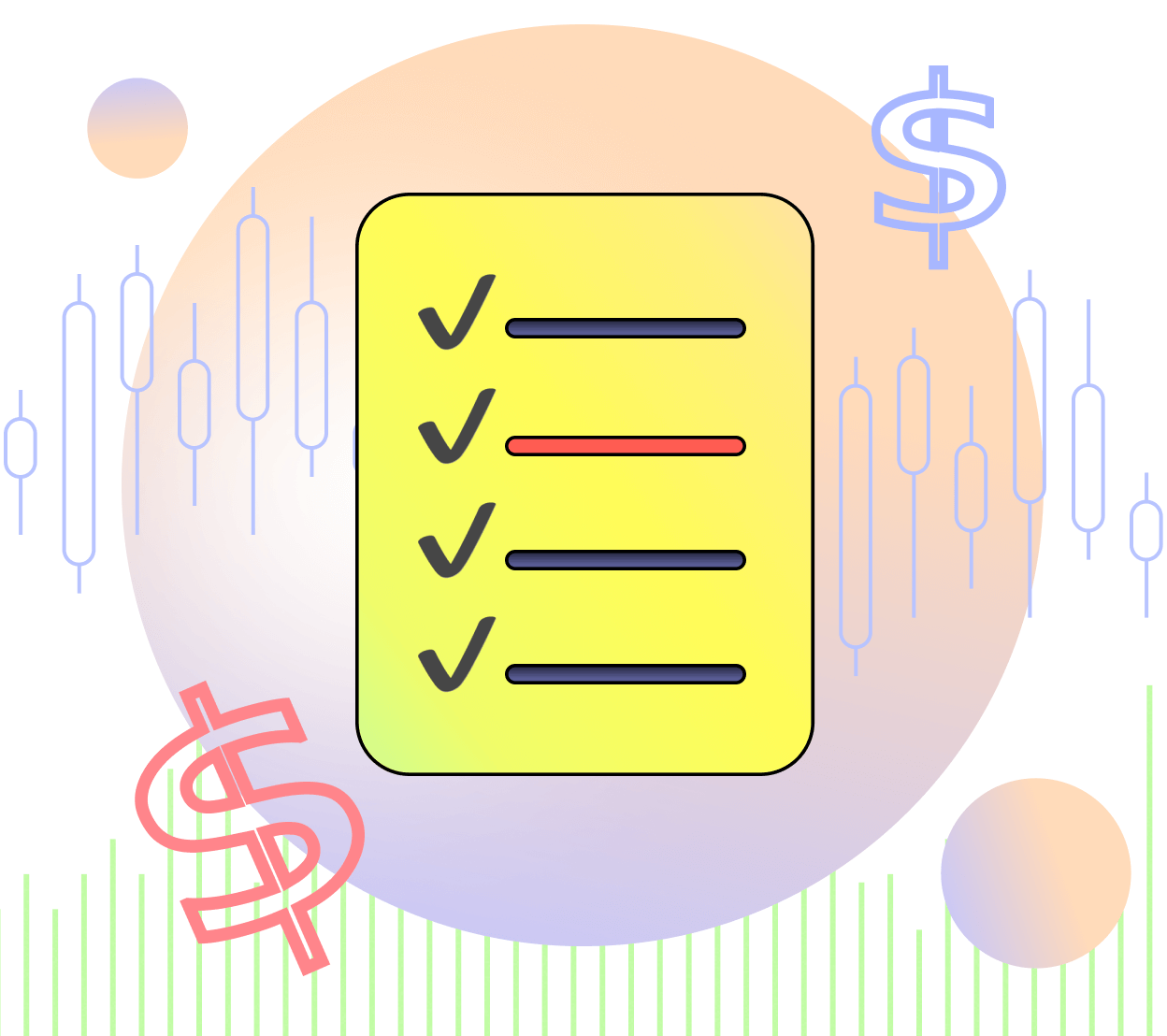
Efficient Trading: A Guide to Structuring Your Day
Efficient organization of trading hours is crucial in the dynamic world of financial markets. Effective time management for traders is not just profitable, but directly correlates with financial profits. Moreover, it helps to allocate free time for planning leisure and household chores, which, again, can indirectly have an impact on further trading.
Designing Your Trading Workspace
Creating an optimal trading environment is the first step towards a productive trading day. A well-designed workspace can significantly increase focus, minimize distractions, and create an environment conducive to efficiency. Consider the following aspects for your trading workspace:
✔ Physical space. Choose a quiet, well-lit area where you can work in peace. Make sure your chair and desk are ergonomically fit for long hours of trading. This space should be primarily, if not exclusively, dedicated to your trading activities.
✔ Technology and connectivity. Invest in a reliable computer and a high-speed internet connection. In the world of trading, where seconds can be of the essence, having the right technology is non-negotiable.
✔ Environmental factors. Pay attention to the lighting and temperature in your workplace. These elements should be optimized for comfort, as they can have a significant impact on your productivity and concentration.
Tailoring the workplace to your specific needs can greatly enhance your ability to make informed and effective trading decisions.
Discover Your Optimal Trading Times
Understanding and capitalizing on peak periods of productivity is essential in trading. Understanding when you are most alert and focused can greatly improve your trading decisions and results. If you’re not sure when you’ll be most productive, start by monitoring your energy levels and concentration throughout the day. Keep a simple journal of how you feel at different times – early in the morning, in the middle of the morning, in the afternoon, and at the end of the day. This self-awareness can lead you to schedule your most important and challenging trades during peak form.
This practice can be extended to trade analysis as well. You can navigate which hours the markets are most promising for trading and making a profit. All of this data can be invaluable in refining your trading schedule, ensuring that you align your most demanding trading activities with your natural performance rhythms.


Trading with Clarity: Visualizing the Calendar
In addition to timing, the visual organization of your trading tasks can be a game-changer. A variety of tools are available for this purpose, from traditional paper planners to sophisticated digital calendars and apps. The key is to choose a format that resonates with you, is intuitive, and is easy to maintain. Once you’ve chosen a tool, you can use a color-coding system to categorize and prioritize your trades. For example, use different colors for short-term and long-term trades, or for trades in different markets. Visual organization not only helps you prioritize them based on their importance and urgency, but it also provides a quick, fluent understanding of your trading day or week.
By aligning your trading activities with natural productivity cycles and using visual tools to organize, you can create a structured yet flexible day-to-day model for organizing workplace commerce. Not only does this procedure increase efficiency, but it also reduces cognitive load, leaving you with more mental bandwidth to focus on the nuances of trading.

The Secret to Trading Success: Divide and Conquer
Breaking down complex trading tasks into smaller, manageable steps is a practice that can significantly boost your productivity and focus. Instead of approaching the task as monolithic, break it down into several steps:
1. Define the metrics you want to analyze. For example, start by identifying the specific technical indicators you intend to analyze that are most relevant to your trading strategy.
2. Data collection. Gather all the necessary data you need for analysis. This may include obtaining historical market data, financial statements, or any other information.
3. Data processing. Enter the collected data into a spreadsheet or analysis tool of your choice. Organize it in a format that promotes effective analysis. Interpret the results. Look for patterns, trends, or anomalies that can influence your trading decisions.
4. Interpret the results. Look for patterns, trends, or anomalies that can influence your trading decisions.
5. Decision-making. Based on your analysis, determine if now is the right time to enter or exit a position.
There are several advantages to separating tasks in this way. First, it simplifies complex activities to manageable parts, making them less complex. Secondly, it allows for a more systematic and organized approach to trading. Finally, it structures the thought process, ensuring that no important step is overlooked.
In the trading industry, where juggling multiple trades and strategies is commonplace, the importance of checklists cannot be overstated. These simple yet effective tools help maintain the integrity of your trading process.
Streamline Your Trading Routine with Checklists
Consider implementing checklists for various aspects of your trading activity:
✔ market research,
✔ order placement (setting stop-loss and take-profit levels),
✔ risk management (position sizes),
✔ monitoring and alerting,
✔ trade review (compliance with the financial plan and trading strategy).
The benefits of using checklists go beyond preventing critical omissions. They also serve as valuable tools for tracking your progress and performance. By consistently using checklists, you can measure your accomplishments over different periods, whether daily, weekly, or monthly. This data-driven approach allows you to objectively evaluate your trading performance and make the necessary adjustments to improve your overall performance, as well as stick to your financial plan and trading strategy.



Mindful Trading: Boost Your Productivity and Concentration
Incorporating mindfulness practices into your trading routine can have a profound impact on your overall performance and psychological well-being. Mindfulness involves being fully present in the moment, without judgment or distraction, and this can significantly boost your trading performance. Here are some ways to bring mindfulness into your trading day:
✔ Start your trading day by taking a few minutes to sit quietly and focus. This short meditation allows you to clear your mind, set positive intentions, and develop a sense of calm before you dive into the volatility of the market.
✔ During the trading day, periodically pause and take a few deep breaths. Focus your attention entirely on the sensation of air going in and out of your body. Not only does this practice anchor you in the present moment, but it also helps relieve stress and maintain a sense of self-control.
✔ When making trades or making important decisions, make a commitment to be fully present and attentive to the task at hand. Don’t let your mind wander about past mistakes or future worries. This focus boosts your decision-making abilities and minimizes errors.
By integrating these mindfulness practices, you create a trading environment characterized by increased awareness, fewer distractions, and increased productivity. When you are fully engaged in the present moment, you are better equipped to make informed decisions and capitalize on trading opportunities.
Moreover, mindfulness helps to deal with the psychological problems inherent in trading, such as fear, greed, and impatience. By staying focused and avoiding emotional reactions, you can make informed trading decisions and maintain a disciplined approach.
The Power of Flexibility
Maintaining flexibility in your trading approach is a critical aspect of achieving long-term success in the dynamic world of financial markets. While having a well-defined trading plan is essential, it’s equally important to adapt to unexpected events and market fluctuations. Here’s why it’s so important to stay flexible:
– Financial markets are inherently unpredictable, and unexpected events can cause sudden changes in asset prices. Flexibility allows you to quickly adjust your trading strategy in response to changing market conditions. This adaptability is necessary to capitalize on emerging opportunities and mitigate potential losses.
– Flexibility allows you to allocate time, capital, and resources more efficiently. When market circumstances change, you can reallocate your investments or focus on other assets that offer better prospects.
– Toughness in trading can lead to frustration and missed opportunities. Flexibility, on the other hand, allows you to view failures as learning experiences and adjust your approach accordingly. This mindset fosters continuous progress and resilience in the face of adversity.
To bring flexibility to your trading routine, consider the following:
✔ Be prepared to adjust your trading plan when there is a significant change in market dynamics.
✔ Set predefined criteria to exit a trade or change strategy based on market conditions.
✔ Stay up to date with global events and economic indicators that can affect the markets.
✔ Constantly review and improve your trading strategies to adapt to changing market trends.
Remember that flexibility doesn’t mean impulsive decision-making. This means having a plan in place that allows you to adjust as needed while maintaining discipline and a clear focus on your long-term trading goals. By remaining flexible, you can navigate the ever-changing financial landscape with greater confidence and resilience.






